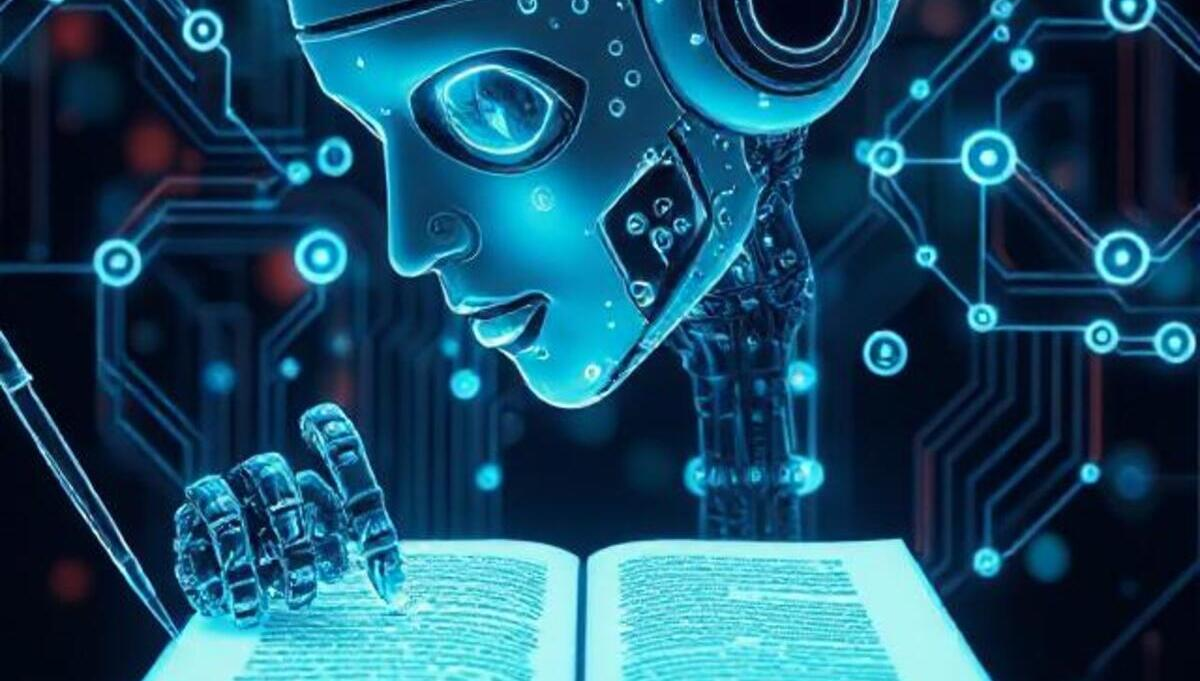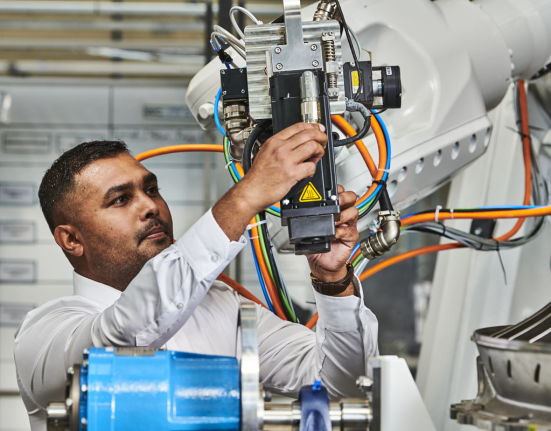What if schools let AI teach while humans nurture the heart?
What if schools were designed so that artificial intelligence handled every lesson, adapting to each student’s pace and learning style, while teachers focused solely on what machines cannot replicate: empathy, emotional guidance, motivation, and ethical reasoning?
In this vision, education transforms from a one-size-fits-all system into a place where human growth, moral understanding, and emotional resilience are as important as academic achievement. Technology takes care of the facts, while humans cultivate the heart.
Lessons from the frontlines of AI education
Estonia’s “AI Leap” initiative has provided personal AI learning accounts to thousands of high school students. By 2027, the program will cover 58,000 students and 5,000 teachers. The goal is to enhance learning efficiency while allowing educators to devote more time to mentoring, ethical discussions, and student well-being. Students respond positively, but officials emphasize that AI is a tool, not a replacement, and the human dimension remains central.
Duke University in the United States has introduced DukeGPT, a version of ChatGPT-4o accessible to all undergraduates. Students use it to draft essays, clarify concepts, and organize their work. Faculty responses are mixed. Some embrace it as a support for creative and analytical thinking, while others warn against overreliance. The lesson is clear: AI can enhance learning, but human judgment, guidance, and moral reasoning remain essential.

Human mentors in a tech-driven world
A private school network in Virginia, Alpha School, has experimented with a model where AI oversees the bulk of instruction, and human guides dedicate their time to mentoring and personal development. Students consistently achieve high academic performance, and the focus on motivation, emotional intelligence, and ethical thinking is central to the curriculum. While the model currently exists in a high-resource environment, it provides an inspiring blueprint for wider adoption if scaled equitably.
Data from the UK reflects a growing interest in AI among students. A GoStudent report found that 35 percent of students aged 10 to 16 already use AI tools at school. Despite this, almost three-quarters of teachers lack formal AI training. This gap demonstrates an opportunity. When AI handles routine instruction, teachers can focus on student growth in areas that matter most for human development.
Balancing innovation with empathy
An AI-modelled school would operate with systems that continually adapt to students’ abilities. AI would assess progress, identify gaps, and suggest personalized exercises. Teachers would step in where algorithms cannot. They would provide support to students experiencing anxiety or stress, offer encouragement to the demotivated, and guide learners through complex ethical dilemmas.
Recent research on emotionally enriched AI feedback shows that students who received motivational and empathetic language from AI reported lower levels of frustration while maintaining academic performance. If AI can support emotional well-being in small ways, teachers can amplify this with real human care, mentorship, and moral guidance.
Equity and accessibility
Equity is a central consideration. Pilots such as Estonia’s program show that national initiatives with inclusive policies can prevent AI from deepening social divides. In contrast, high-cost private models highlight the risk of unequal access. A successful system must ensure that all students, regardless of background, can benefit from AI-powered instruction combined with human mentorship.
Teacher training is another crucial element. Educators must be equipped not only to use AI effectively but also to focus on empathy, motivation, and ethical education. They must understand how to interpret AI analytics while maintaining the centrality of human judgment. The goal is a partnership where technology enhances human strengths rather than diminishing them.
Rethinking the purpose of schools
The potential impact extends beyond academic performance. Schools structured in this way can foster communities of support, resilience, and moral awareness. Students would learn not only facts but also how to collaborate, make ethical decisions, and navigate the challenges of an interconnected world. Teachers could devote time to inspiring creativity, modelling leadership, and addressing emotional needs, cultivating skills that remain vital in every aspect of life.

A global vision for the future
Scaling this model requires vision. Policymakers, educators, and communities must collaborate to design AI-human partnerships that prioritize student well-being and ethical development. Investments in infrastructure, teacher training, and equitable access will determine whether AI becomes a tool for empowerment rather than exclusion.
The schools of the future could be places where learning is efficient, tailored, and data-informed, while human connection, moral reasoning, and emotional growth remain at the centre. AI provides precision, consistency, and customization. Humans provide insight, compassion, and the wisdom needed to navigate the complexities of life. Together, they create an environment where students can thrive academically, emotionally, and morally.
Education is more than just teaching facts. When AI takes on lessons and human teachers focus on empathy, moral guidance, and emotional growth, students gain both knowledge and wisdom. “Education is the most powerful weapon which you can use to change the world,” said Nelson Mandela. In this kind of school, that power comes from the combination of technology and human care.
The question is no longer whether AI will play a role in education. The challenge is how to design schools so that machines teach the mind while humans cultivate the heart. This model has the potential to reshape learning, foster resilience, and equip students with the skills and ethical grounding needed for the world ahead.








7 Comments